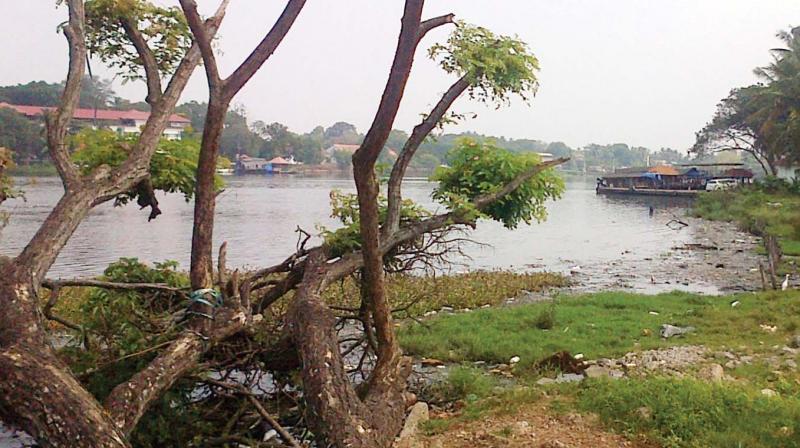Endless wait for treatment plant to save Ashtamudi

KOLLAM: The sewage treatment plant proposed to save the Ashtamudi Lake, which is part of government's proposal to revive polluted lakes, is nowhere close to reality. The lone pre-qualified bidder selected after two tender processes has not yet turned up after the State Suchitwa Mission made changes in the detailed project report (DPR) on technical grounds. The plant to be set up near the district hospital here will have both solid and liquid effluent treatment facilities and will be installed, operated, and maintained by the lowest bidder for ten years.
Of the five pre-qualified agencies, only one company had participated in the tender process after which it was re-tendered to elicit the response of the same bidder. The DPR and the rate contract were presented before the technical committee of the Suchitwa Mission where the DPR was termed “not a detailed” one. The technical committee also asked for more clarifications on the study report on BOD and COD of the lake water, structural stability of 16 septic tanks in the compound of the district and Victoria hospitals, the composition of pollutants and many more.
The company, however, did not respond after being "burdened" with “technicalities”. The proposed site for the 400-kilolitre per day (KLD) treatment plant is in the compound of old RMO quarters near the district hospital, serving both the district and Victoria hospitals. The RMO quarters in the proposed site has already been demolished for facilitating the plant. The initiative by the Kollam district panchayat is part of reviving the dying Ashtamudi Lake and making it pollution-free by preventing untreated urban runoffs from hospitals and other establishments from entering the Lake and by promoting afforestation of mangroves along its banks.
The expressions of interest from seven agencies for setting up the treatment plant were submitted before the director of Suchitwa Mission and five pre-qualified agencies among them were given a pollution control board-approved site plan. The lake that had a glorious past has now turned into a dump yard of urban runoffs including untreated medical waste, oil from workshops, and plastic wastes. The size of the lake has shrunk by half in the last 50 years, and the process is continuing. A declared Ramsar site with extremely fragile ecological balance, it also witnesses violations of Coastal Regulatory Zone norms.

